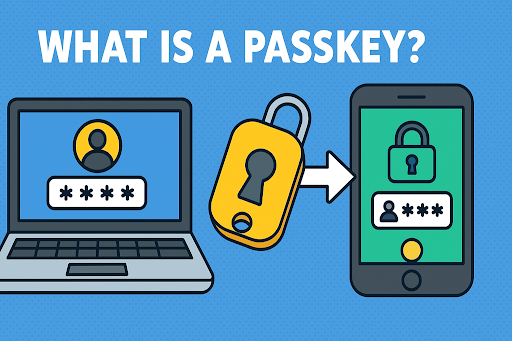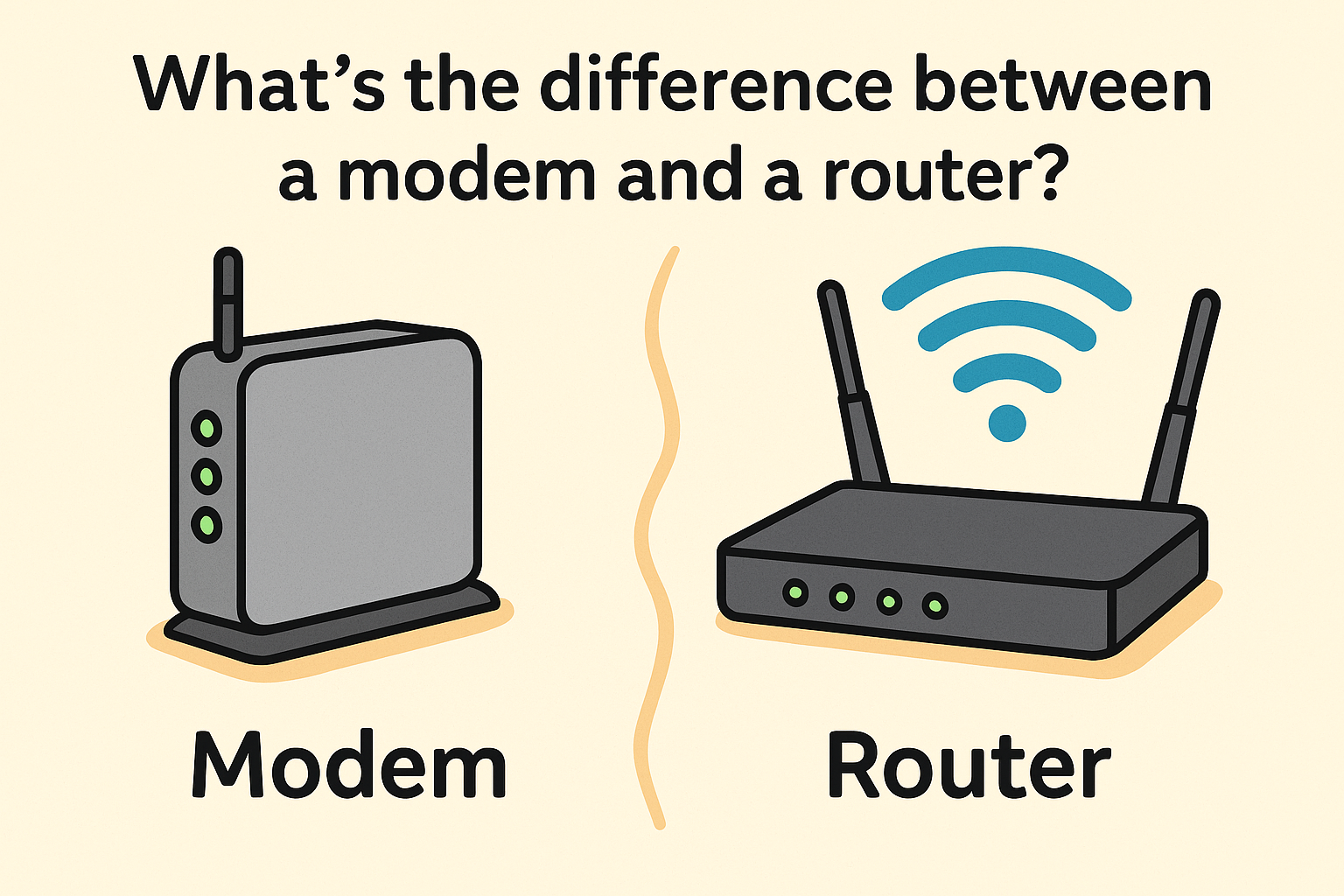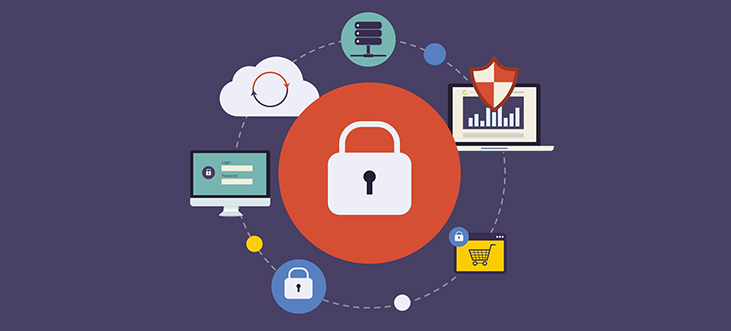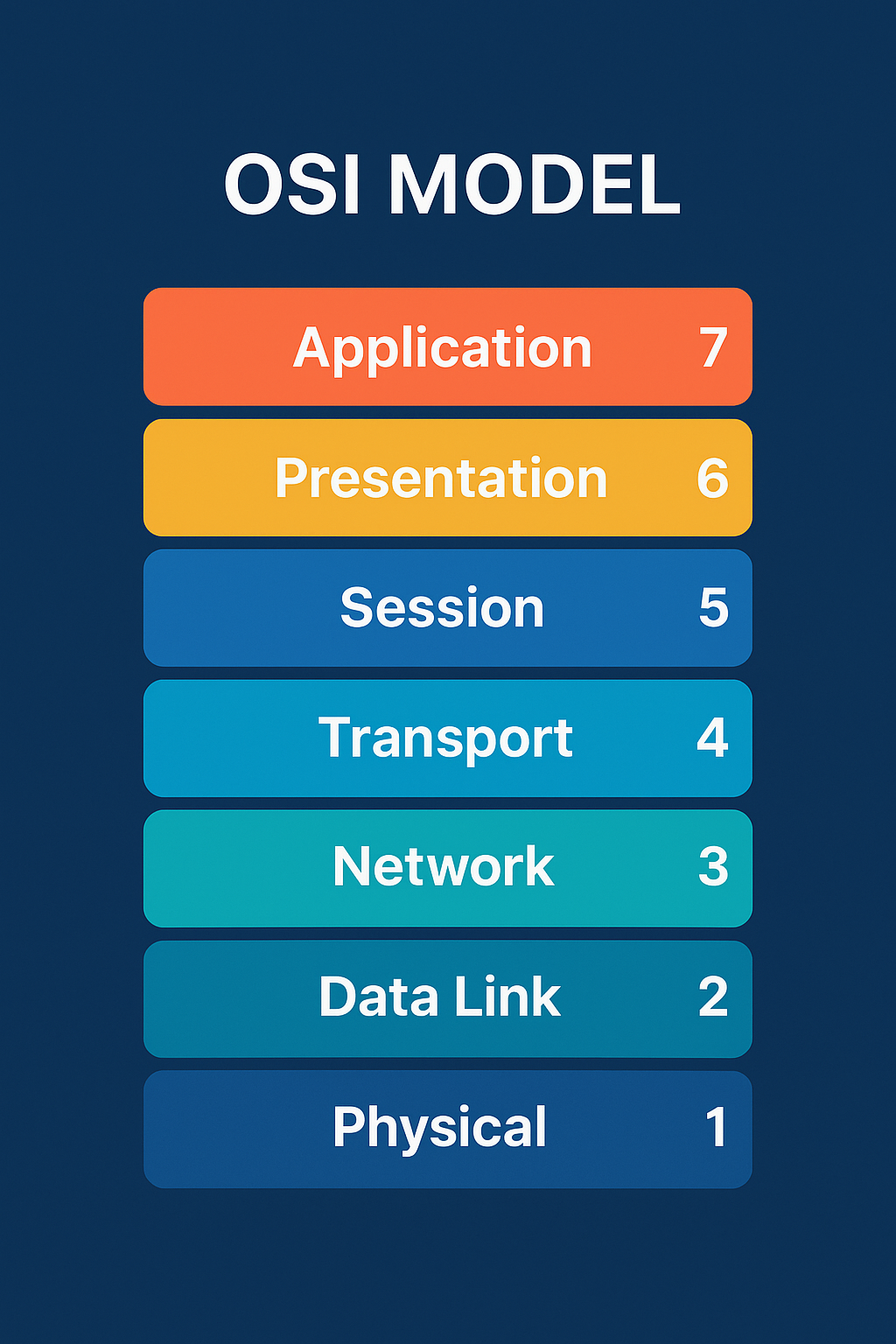What Is a Passkey? The Future of Secure Login Authentication
Updated on July 30, 2025, by Xcitium

Have you ever forgotten your password and had to go through an endless reset loop? You’re not alone—over 80% of data breaches involve weak or stolen passwords. The cybersecurity world has been searching for a better solution, and it’s here: passkeys.
So, what is a passkey, and how is it changing how we log in securely and seamlessly?
Let’s dive into the next generation of authentication that’s more secure, user-friendly, and virtually phishing-proof.
What Is a Passkey?
A passkey is a passwordless login credential that allows you to sign in to websites, apps, and devices without typing a password. It uses cryptographic key pairs and is typically linked to biometric methods like Face ID, Touch ID, or a device PIN.
🔐 How It Works:
- When you register, a private key is stored on your device, and a public key is shared with the service.
- During login, you verify yourself using biometrics.
- The device signs the challenge using the private key.
- The service validates the response with the public key.
No password. No shared secrets. Just pure cryptographic trust.
Why Are Passkeys Better Than Passwords?
Passwords have always been the weakest link. Here’s why passkeys are superior:
| Feature | Passwords | Passkeys |
| User-Friendly | Often forgotten | Biometric login, no memory needed |
| Security | Susceptible to phishing | Phishing-resistant |
| Convenience | Manual entry, resets needed | Device-based, seamless |
| Storage | Reused across platforms | Unique to each site/device |
💡 Apple, Google, and Microsoft already support passkeys across major platforms.
How Do Passkeys Work Technically?
To understand the magic behind passkeys, let’s break it down:
🔧 Key Components:
- Public-Key Cryptography: Uses a key pair (public & private)
- WebAuthn Protocol: Standard developed by W3C and FIDO Alliance
- Authenticator: Your device (phone, computer, hardware key)
- Biometric Verification: Fingerprint, facial recognition, PIN
🧠 Process Flow:
- Registration: Device generates a key pair. Public key goes to the server.
- Login: You authenticate via Face ID or a PIN.
- Challenge-Response: Server sends a challenge. Your device signs it using the private key.
- Access Granted: Server verifies the signature using the public key.
Where Can You Use Passkeys?
Passkeys are becoming widely adopted. You can already use them with:
- Google Accounts
- Apple ID
- Microsoft Outlook & Windows Hello
- Dropbox
- PayPal
- GitHub
- Password Managers (1Password, Bitwarden)
Expect adoption to expand rapidly across banking, healthcare, and enterprise apps.
Benefits for Businesses and IT Leaders
Implementing passkeys isn’t just a user upgrade—it’s a security revolution.
🚀 Business Benefits:
- Reduces phishing and credential stuffing attacks
- Lowers helpdesk costs for password resets
- Improves user login experience and retention
- Meets compliance and zero-trust standards
🧩 Enterprises with BYOD policies or remote teams benefit the most.
Challenges & Considerations
Despite its promise, passkey adoption comes with a few considerations:
- User education is necessary for smooth onboarding
- Legacy systems may require updates or integration layers
- Device sync and recovery is still evolving (though iCloud and Google Keychain help)
🔐 Tip: Start with hybrid support—allow both passwords and passkeys until full adoption.
How to Start Using Passkeys
For Individuals:
- Make sure your device supports passkeys (iOS 16+, Android 9+, Windows 10+)
- Use Chrome, Safari, or Edge (latest versions)
- Visit a site that supports passkeys
- Choose “Sign in with passkey” and register
For Businesses:
- Implement WebAuthn and FIDO2 on your login backend
- Offer passkey registration during signup or login
- Store only public keys—no shared secrets!
- Educate users on biometric sign-in and recovery
Real-World Example: Google’s Move to Passkeys
In 2023, Google made passkeys the default sign-in method for all accounts. Users can now skip passwords entirely and use biometrics or device authentication—cutting down fraud and support costs drastically.
✅ Result: Better user experience, increased security, fewer phishing attacks.
Passkeys are the future of authentication—secure, simple, and privacy-respecting. As cyber threats evolve, adopting passwordless security methods is no longer optional.
Frequently Asked Questions (FAQs)
1. What is a passkey used for?
A passkey is used to log in securely to accounts and apps without entering a password—using biometrics or a device-based key instead.
2. Is a passkey safer than a password?
Yes. Passkeys are phishing-resistant, unique to each site, and not guessable or shareable like passwords.
3. Can I use passkeys on all websites?
Not yet. But many major services (Google, Apple, Microsoft) already support it, with more coming soon.
4. How do I recover a lost passkey?
If your passkey is stored in a cloud system (like iCloud or Google), you can recover it by signing into your account on a new device.
5. Can businesses implement passkeys easily?
Yes. With WebAuthn and FIDO2 standards, enterprises can integrate passkey support into their authentication systems.
Conclusion: What Is a Passkey? The Smart Way Forward
So, what is a passkey?
It’s the modern solution to outdated password problems, combining convenience and security into a single, seamless experience. Whether you’re an IT leader or a cybersecurity professional, now’s the time to explore passwordless authentication.
👉 Take control of your login security today. Schedule a demo with Xcitium.
















